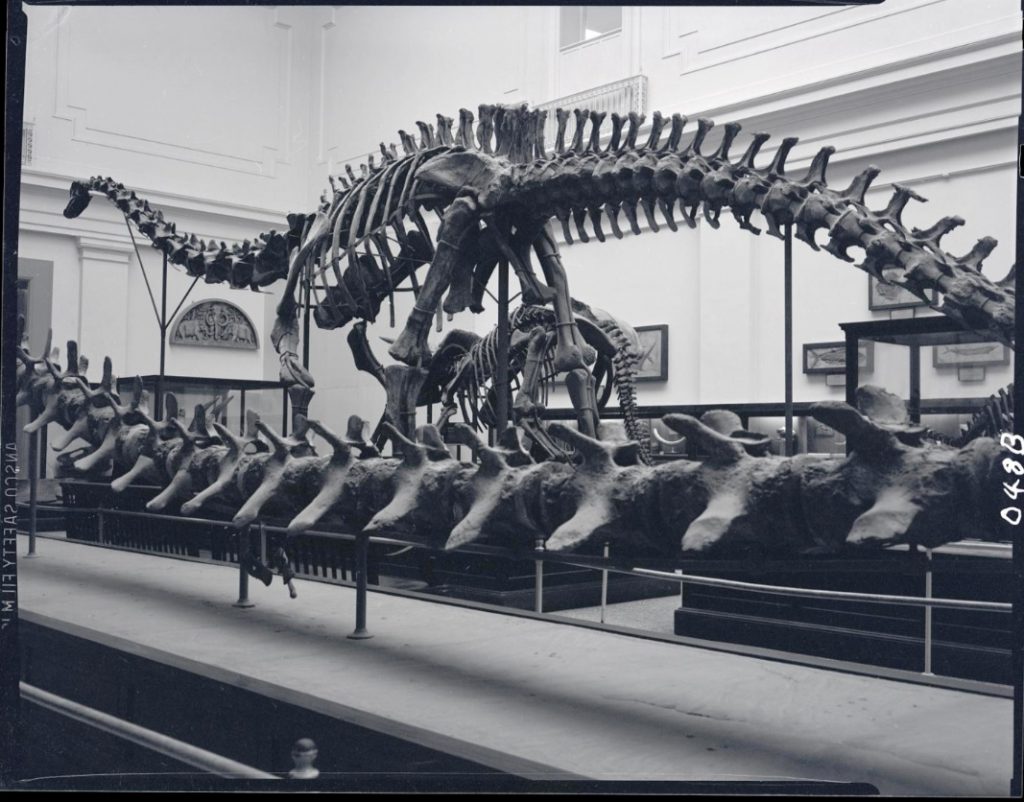On June 6, 1980, the 4448th issue of the magazine “Science” is published, which includes an article by four Californians that will redefine how we understand world history.
The article, “Extraterrestrial Cause for the Cretaceous-Tertiary Extinction” by Nobel Prize winner Luis Alvarez, Walter Alvarez, Frank Asaro, and Helen Michel, suggests that the Cretaceous Period ended when a massive meteor hit the earth about 65 million years ago.
![Celebrating winning the Nobel Prize, October 30, 1968. [Photo Courtesy: Lawrence Berkeley Laboratory]](https://cal170.library.ca.gov/wp-content/uploads/2020/03/800px-Luis_Alvarez_-_Nobel_with_Balloon.jpg)
Dr. Luis Alvarez, born in San Francisco, is an experimental physicist at the University of California, Berkeley. His professional career includes working on nuclear reactors with Enrico Fermi and serving as a weapons engineer on the Manhattan Project. He is one of few people who witness the first two atomic explosions — the Trinity test in New Mexico and the wartime bombing of Hiroshima..
Decades later, his son Walter enlists him to solve a riddle: What’s in that layer of sediment known as the “K-T boundary” and what does it say about how the dinosaurs died?
The K-T Boundary, then known as the “Cretaceous–Tertiary boundary,” is a worldwide band of sediment that separates the rocks created in the age of the dinosaurs (below) from the rocks created later (above).

After asking the same question of Dr. Frank Asaro and Dr. Helen Michel, two chemists with the University of California, the team determines that the K-T Boundary contains, among other things, an extraordinarily high concentration of the element iridium.
The team knows that iridium, a dense silvery metal similar to platinum, is rare. In fact, it is literally one of the nine rarest stable elements found on the Earth’s surface.
It’s the rarity of the element that provides a surprising clue; one of the few types of places where iridium has been found in significant quantities on earth is meteor impact craters.
Working together, the four scientists write their groundbreaking article for “Science” detailing what will become known worldwide as the “Alvarez hypothesis” – that the sudden mass extinction of three-quarters of the plant and animal species on Earth, including the dinosaurs, was caused by a massive meteor strike.
TOP PHOTO: Luis and Walter Alvarez at the K-T Boundary in Gubbio, Italy, 1981 [Photo Courtesy: Lawrence Berkeley Laboratory]
![Luis and Walter Alvarez at the K-T Boundary in Gubbio, Italy, 1981 [Photo Courtesy: Lawrence Berkeley Laboratory]](https://cal170.library.ca.gov/uploads/2020/03/Banner-Alvarez.jpg)